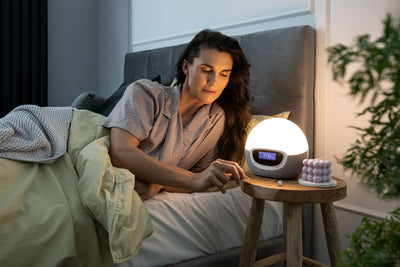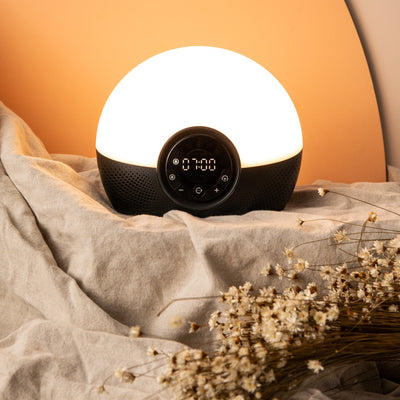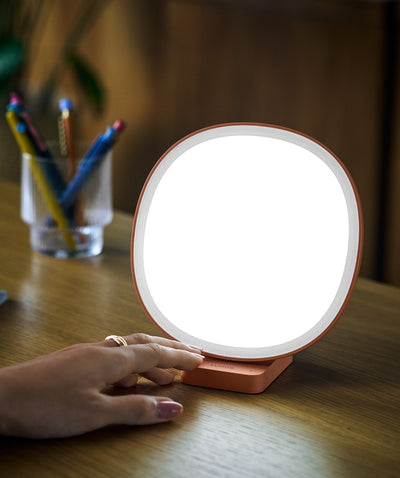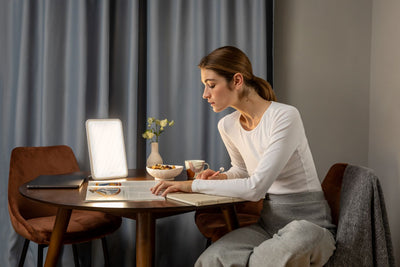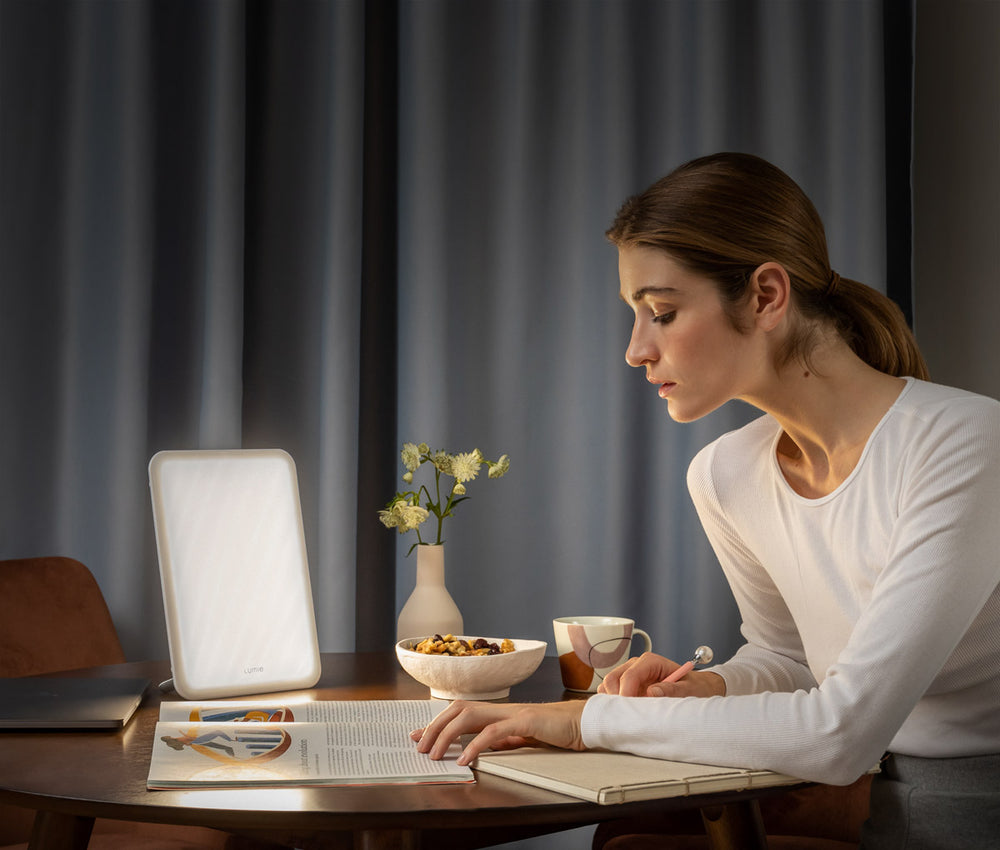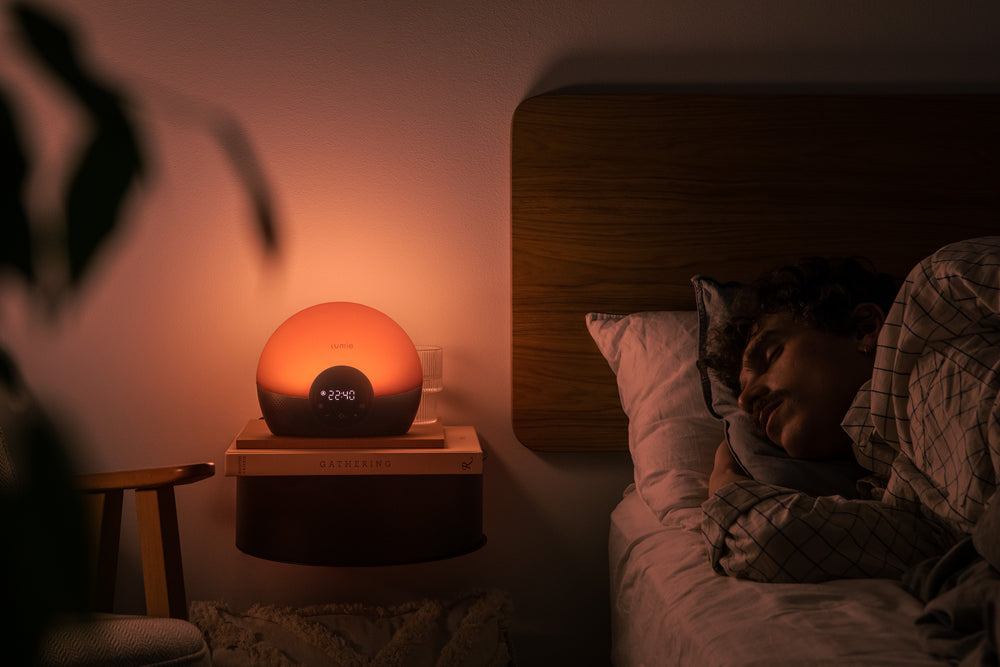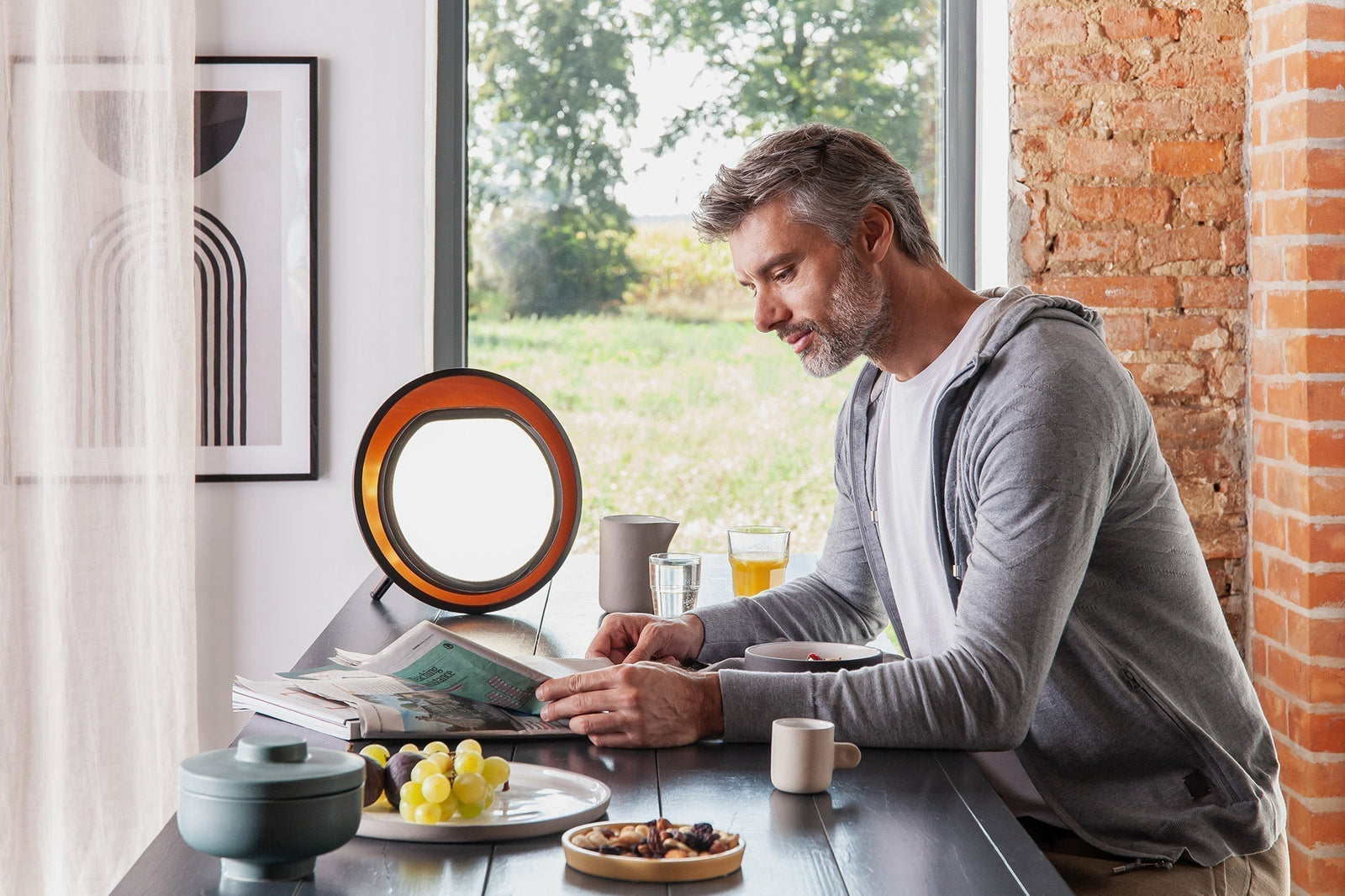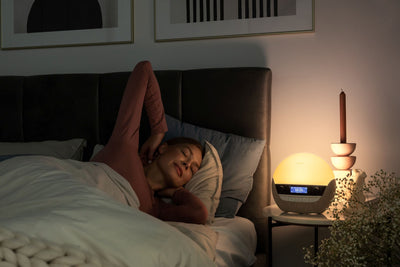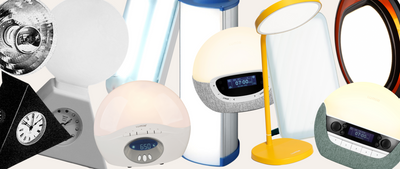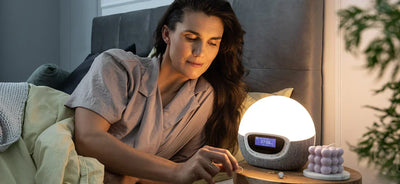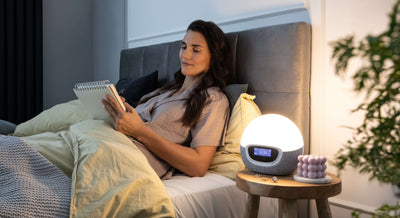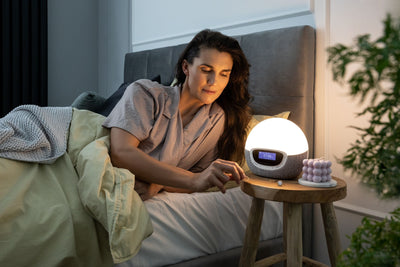How to reset your rhythm
Are you feeling a little out of sync this January? We catch up with Sleep Expert, Dr Sophie Bostock, to discuss top tips for resetting your rhythm in 2025. Let's find out more!
At this time of year it’s not unusual to struggle to get into a routine. Many of us take a well earned break in December, and have a pause in our typical daily routines. Starting back at work or school in January can feel like a shock to the system.
All our cells operate on a 24 hour, or circadian rhythm, coordinated by a master clock in the brain. When all of our internal rhythms are aligned with each other, the body works smoothly and efficiently. Getting out of bed at the same time each day helps to entrain all of our individual clocks so that they are operating on the same time zone.
Humans have evolved to be active during daylight hours, and to rest and sleep in the darkness, at night. If the timing of your internal clocks is running on a later schedule than the light-dark cycle of the sun, you’ll feel tired in the morning, and you might not be sleepy at bedtime. If this happens, you may want to proactively reset the timing of your internal clocks.
How can you influence the timing of your body clocks?
As well as wake up time, there are 3 other primary cues, called Zeitgebers (or Time Givers) which help set the timing of our internal rhythms:
1. Bright light
2. Eating food
3. Exercise
How does bright light reset your rhythm?
Bright light is the strongest Zeitgeber. Light lands on receptors in the back of the eye and signals a master clock in the brain. The master clock is especially sensitive to the effects of light exposure early in the morning, and last thing at night. Early morning light will kick start your clocks for the day, increasing alertness, and make it easier to fall asleep 16 hours later.
If it’s dark outside when you wake up, you can use Lumie lights to send an alerting signal. You could try setting a wake up alarm, which gets gradually brighter towards your wake up time, or sitting for 30 minutes each morning with a bright light therapy lamp. It’s important that the light intensity is comparable to natural light, at least 2,500 lux.
How do meal times influence your rhythm?
Food, like light, sends a wake up call to our internal clocks. When we eat, the brain assumes it must be daytime, and starts your internal rhythms for the day. Breakfast is helpful if you want to boost alertness and focus in the morning.
There is a lot of emerging research into chrononutrition; how the timing of the food we eat affects our health and wellbeing. In one recent study in the US, researchers investigated meal timing in over 5000 people. The best sleep patterns belonged to people who had breakfast around 50 minutes after waking and stopped eating their last evening meal 2.7 hours before bedtime (Kim et al 2024).
Can movement help you reset your rhythm?
If you’re a night owl, the chances are that the thought of morning exercise fills you with dread, and you may avoid it. Exercise, like bright light, can behave as a Zeitgeber, so morning movement is another way to reset your rhythms for the day.
One study found that teens who took a gentle walk on a treadmill for 45 minutes in the morning moved their body clocks forward by 30 minutes over 5 days (Lang et al 2022). If you do your exercise outside in daylight, the effects could be even more powerful.
If you struggle to get yourself up in the morning, experiment with a wake-up light. It can also help to get your clothes all ready to go, and your trainers by the door. Try meeting a friend to exercise, so that you have added incentive to get out of bed.
